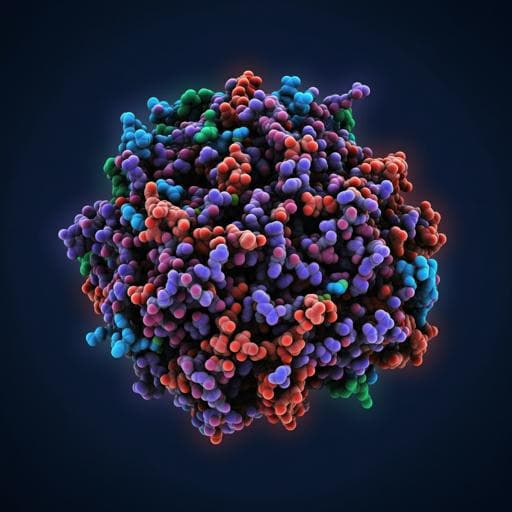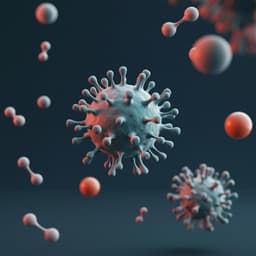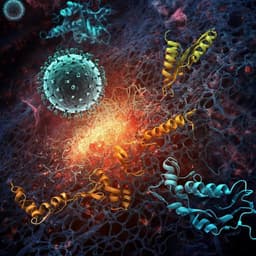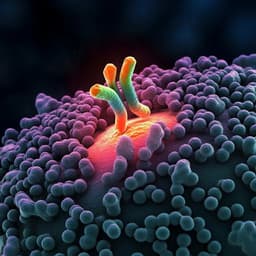
Medicine and Health
Structural plasticity of SARS-CoV-2 3CL Mpro active site cavity revealed by room temperature X-ray crystallography
D. W. Kneller, G. Phillips, et al.
Dive into the exciting findings of groundbreaking research conducted by Daniel W. Kneller and colleagues that reveals the room-temperature X-ray structure of unliganded SARS-CoV-2 3CL Mpro. This study highlights the significant implications for antiviral inhibitor development and enhances our understanding of viral replication dynamics.
~3 min • Beginner • English
Related Publications
Explore these studies to deepen your understanding of the subject.







